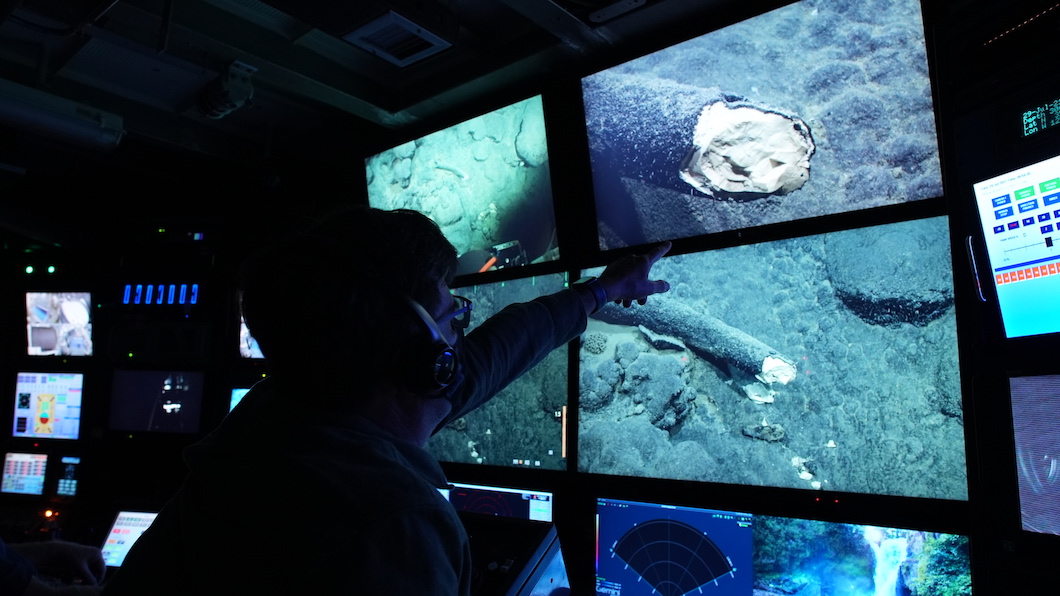Scientists have discovered the mammoth tusk in the deep ocean off the coast of California. The tusk dates back to at least 100,000 years and is one of the unusual things that marine scientists want to uncover. Mammoths had long been thought to be ancient land inhabitants, so scientists were taken aback when they discovered mammoth remains at the bottom of the sea.
According to a press release shared by the Monterey Bay Aquarium Research Institute (MBARI) and a news story in CNN and Newsweek: While aboard the R/V Western Flyer in 2019, marine biologist Steven Haddock and ROV pilot Randy Prickett initially noticed the tusk, which appeared to be an elephant tusk. As part of the institute’s mission, the two were looking into a deep-sea mount about 185 miles (300 kilometers) off the coast of California.

The tusk is around 3 feet long. It belonged to a Columbian mammoth, a species that previously roamed the southern half of North America, from the northern United States to Mexico and sections of Costa Rica, according to analysis. They vanished between 13,000 and 10,000 years ago, near the end of the last ice age, owing to habitat loss and climate change.
The team dating the tusk is led by Terrence Blackburn of the University of California, Santa Cruz. It may be the oldest and best-preserved example ever discovered in this section of North America, according to the researchers. The tusk is almost 100,000 years old, according to a preliminary study. The researcher claimed that their age estimate was largely based on the natural radioactive decay of certain uranium and thorium isotopes imparted to the tusk from the ocean.
It could be one of the oldest and best-preserved mammoth tusks ever discovered in North America, according to the researchers.
Glaciers covered a far bigger percentage of the world during the previous ice age than they do now. Sea levels were roughly 400 feet lower than they are now as a result of the ice being locked away, meaning the shoreline was further out than it is now.
Researchers hope that the information gathered will help them learn more not only about the mammoth they discovered, but also about the species as a whole.


